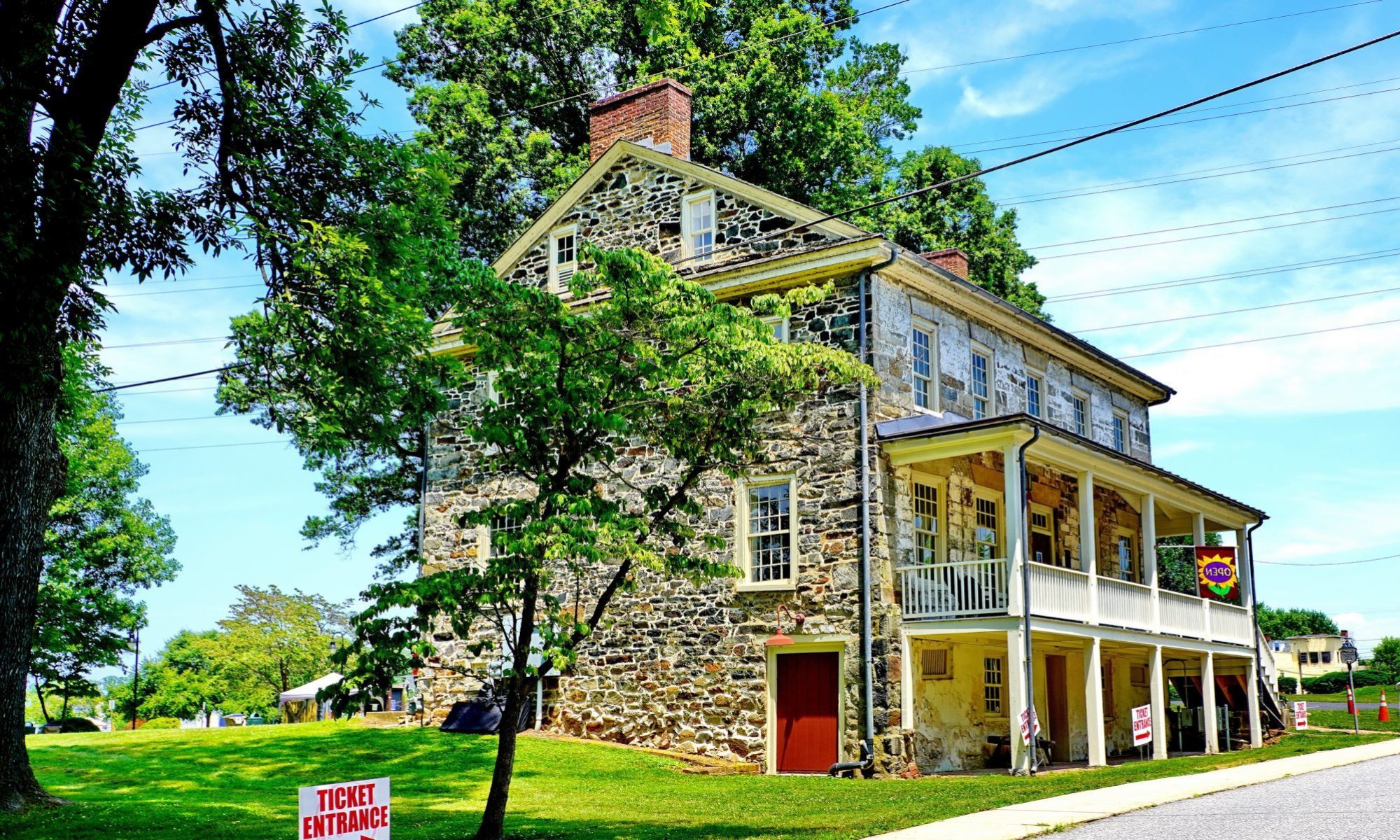
December 8, 1963, was a slow night for broadcast journalist Joe Mosbrook, who was working the Sunday evening shift at WDEL-AM in Wilmington. Nothing particularly remarkable filled the Delaware airwaves as Joe ripped network copy off the teletype, made phone calls to get updates on things around New Castle County and read weather reports about a December thunderstorm passing through Wilmington.
But that changed at 9 p.m. when phones suddenly started jangling in the newsroom. Worried callers asked about a sudden large fireball illuminating the night, while others blurted out that they watched a large jet go down in flames near the Maryland/Delaware state line. The journalist started working his sources, trying to piece together whatever early information he could get from emergency responders, airport representatives, public officials, and witnesses.
Unnerved people wanted information, and in the early 1960s, the place to turn for fast-breaking events was radio. So when something happened people tuned up and down the dial as stations had a local staff of reporters covering a market and could deliver information efficiently and rapidly. Newspapers published twice a day and television, with heavy not so movable equipment, just didn’t have the portability we are familiar with today. This was the golden age of radio news, but things were beginning to change as television got ready to turn listeners into viewers.
Two hours after the first alert when out on civil defense radio networks, Joe had a full, preliminary report for NBC’s News on the Hour at 11 p.m., summarizing what was known at that point. He continued providing Network feeds from WDEL until 1 a.m. that morning and was back on the air again at 7 a.m. to update the local audience and the network. The final piece is from 7:30 a.m.
After listening to Joe report on the dedication of I-95 and the Kennedy Assassination for WDEL, we recently exchanged messages with the veteran reporter. He dug through his collection of old tapes and found the coverage of the Elkton Crash, which he made from WDEL.
The Delaware broadcaster had grown up in Wilmington and started at WDEL in 1961. He was the news director there until 1967, when he moved to NBC News in Cleveland to work radio and television for 35 years, retiring in 2002. Joe still does a weekly jazz history feature for Cleveland’s NPR outlet.
Notes
A remembrance program will be held on Dec 8, 2013. Click here for details. Also be sure to click on the individual time segments to hear Joe’s news reports. We thank Joe for allowing us to use these 50-year-old news pieces and they will be added to a remembrance archive.



















